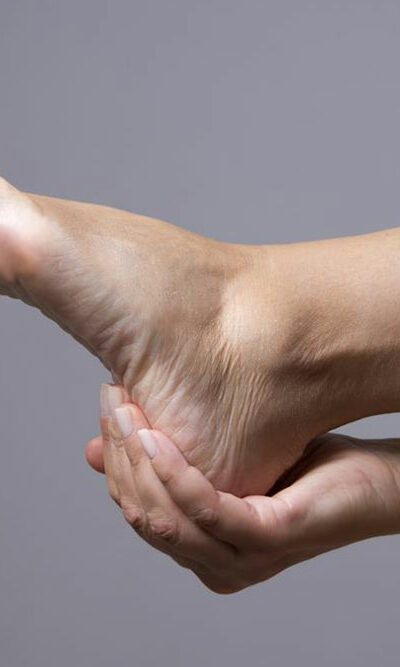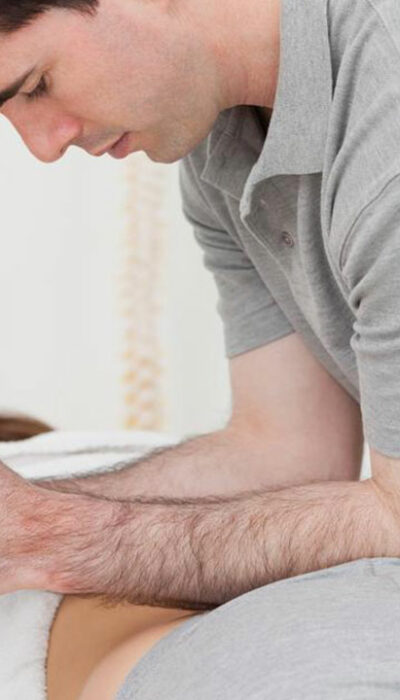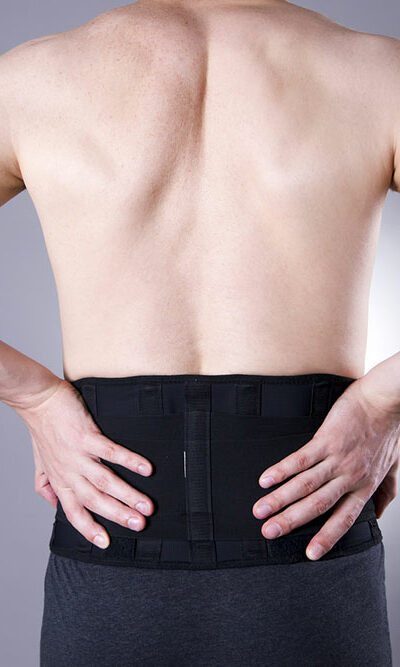
Types and Causes of Foot Pain
The problem of foot pain is very common. A research pointed out that foot pain affects 17% to 42% of adults at some time in their life. This pain in the foot can be caused due to a variety of factors, and sometimes, it gets difficult for the doctors as well to find out the root cause of the pain. Moving on, foot pain can be extremely agonizing and has a huge impact on the quality of life of a person. Therefore, it is important to get to the bottom of foot pain and identify its cause, in order to seek proper treatment. In this article, we have listed some of the common types of foot pain along with their causes. Let’s have a look. Plantar fasciitis Most experience heel pain at some point in their life. There may be several causes for this, but the most common cause is plantar fasciitis. The plantar fascia is a band of connective tissues that run through the entire foot sole and provide shock absorption capability to the foot. In case this tissue attaches to the heel bone, it causes inflammation and pain. The pain caused due to this is very intense when a person gets out of the bed after a long duration of rest. The pain gets a little better with movement; however, it doesn’t completely go away. Tarsal tunnel syndrome This is another type of foot pain caused by an irritated or pinched nerve. It often causes symptoms such as a sharp, burning or shooting pain along with tingling or numbness in the foot. The pain generally radiates from the inside of the ankle and causes foot pain. Top of the foot gets affected, and also, the pain tends to worsen at night. Metatarsalgia Metatarsal bones are found in the ball of the foot, which gives it a rounded shape.










